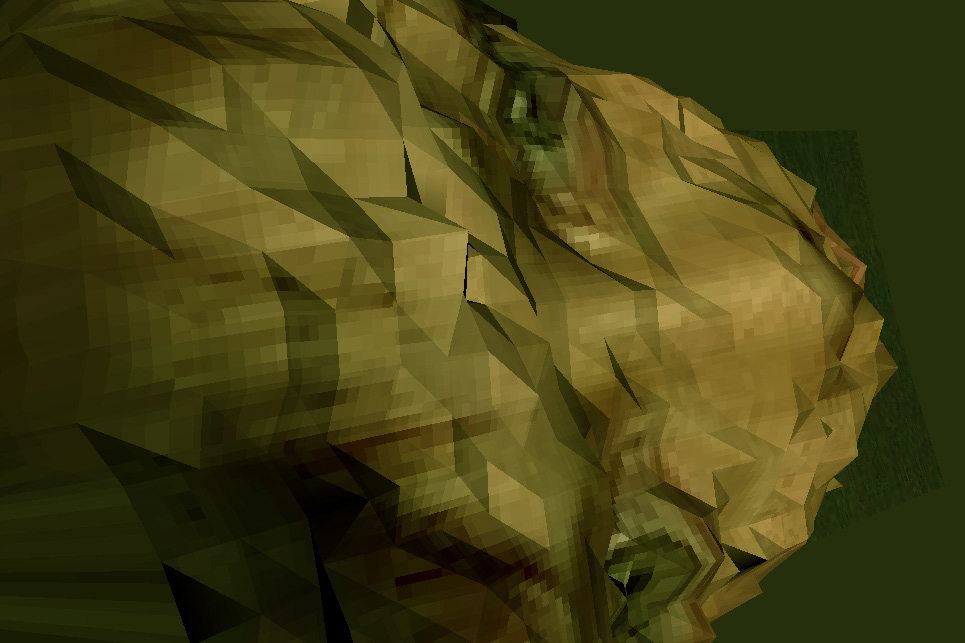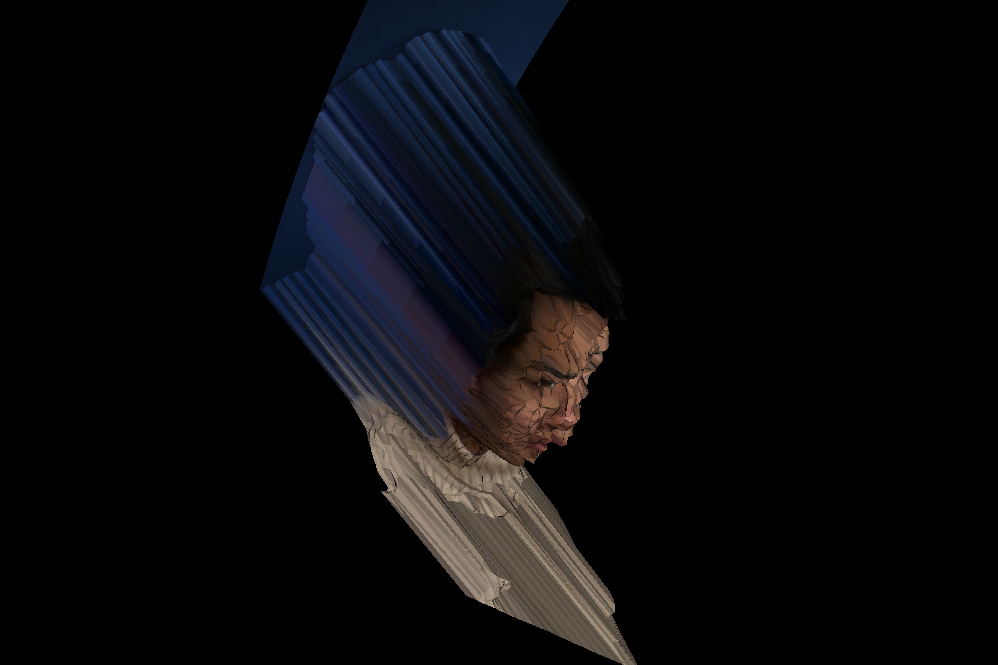[unnatural elements: avatar portraits]
2003
created by Mary Flanagan, Wu Fu Che, + Ho Chien Chang
Cyberspace is a socially mediated construction, made clear through the use of avatars, or personal representations in virtual worlds. By putting ourselves into digital worlds, we lose the self and become one with virtual spaces’ new elements. It seems that an aspect of identity is released as an electronic element. By putting ourselves into digitally constructed realities, we call into question the nature of the self in a digital culture and the ways the new selves are created. What are the elements which construct that reality? What is our relationship with the virtual personae and figures we create in online space? What is our relationship to our own data, our bodies sampled with the latest digital technology?
But what is, in fact, natural? Digital culture’s dominance, and ultimately, construction of landscapes and bodies has been a way to create new cosmologies, new elements. The creation and discovery of elements is a fundamentally human endeavor, as are the creations of new systems of representation, identities, and experiences in VR. We work to abstract and distort reality in order to apprehend it. Like language, we name, categorize, and quantify our surroundings.
[unnatural elements] presents images of researchers/artists from Taiwan and the USA which demonstrate that the conversion from the image of the physical body to the image of the virtual is not the typical smooth computational process Hollywood would have us believe.
The images featured in [unnatural elements] show the effects of the creation of a digital nature and digital elements. Most researchers working in 3D technologies strive for “perfection.” However, our team was interested in sampling one real and watching the translation between earthbound identities and virtual ones. What would human data create in cyberspace? The images were created by using 3D head scans of the artists from composited images produced by a video camera and stitching them together with custom software. Interestingly, the process generated “natural” eruptions inherent to the heads, and each scan seemed to take on forms reminiscent of “natural” eruptions we see in earth, fire, water and wind.
Here, our new bodies erupt with artifacts and take on unexpected resemblances to earthbound natural elements. The “random” patterns we see in rocks, water, and other natural elements are not random at all but naturally occurring algorithms. Thus the computer, in creating artifacts, is effectively doing nature’s work. In a sense the computer is much more “real” (disturbingly so) than WE are – when it creates artifacts it is acting on “natural” algorithms.
Offering us a way to critically examine the body in cyberspace and our conventions and ideals of interactive avatars and the drive for 3D art “realism,” these pieces work to provoke a dialogue about the real and “natural” our media is trying so desperately to produce in digital space.
This collaboration was made possible by funding from the U.S. Fulbright Scholar Program and the Foundation for Scholarly Exchange, 2001, and took place in Dr. Ming Ouyoung’s CML, NTU, Taiwan.
Exhibitions
- SIGGRAPH Art Gallery, San Diego, California, July 21-27 2003



